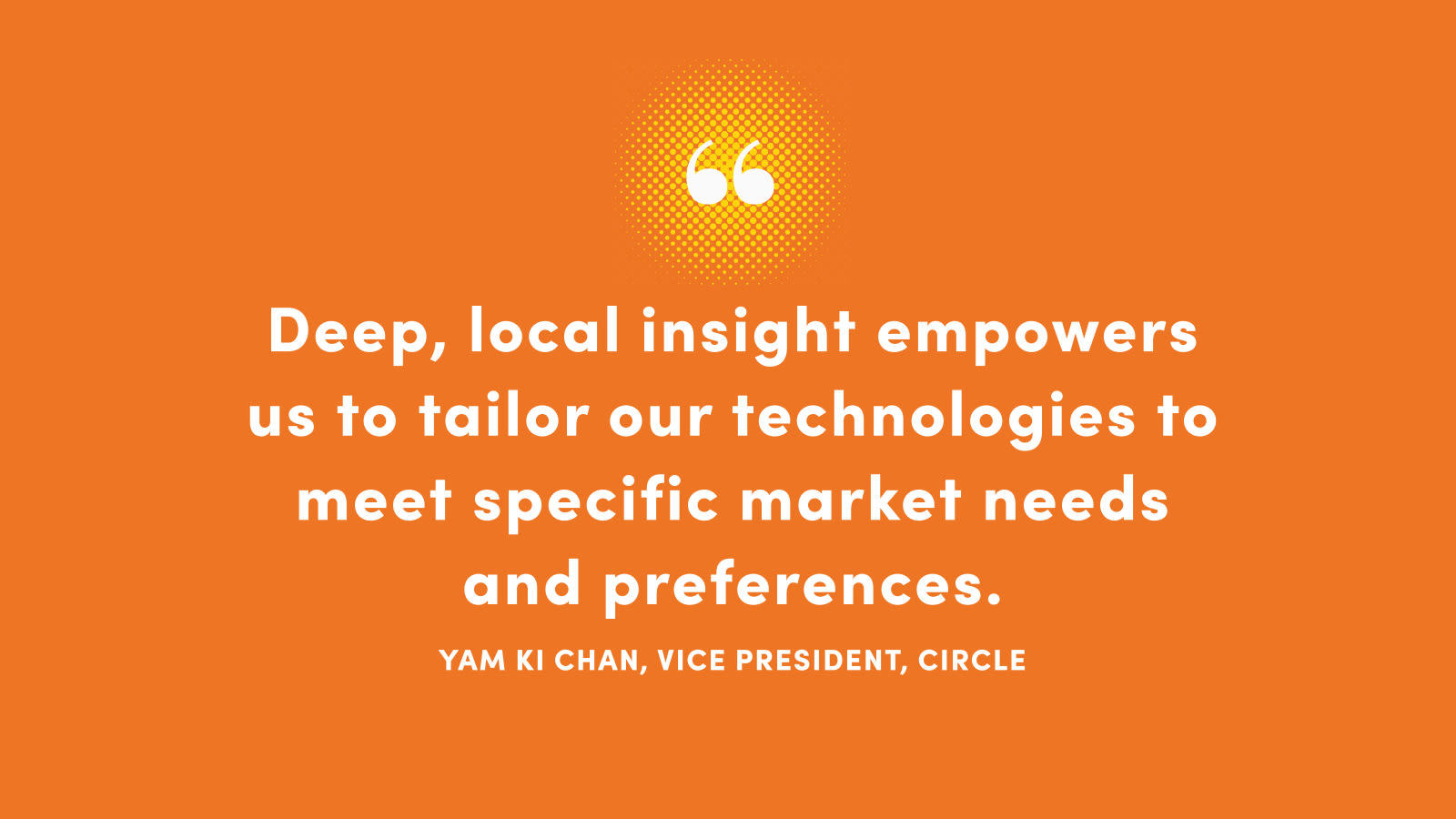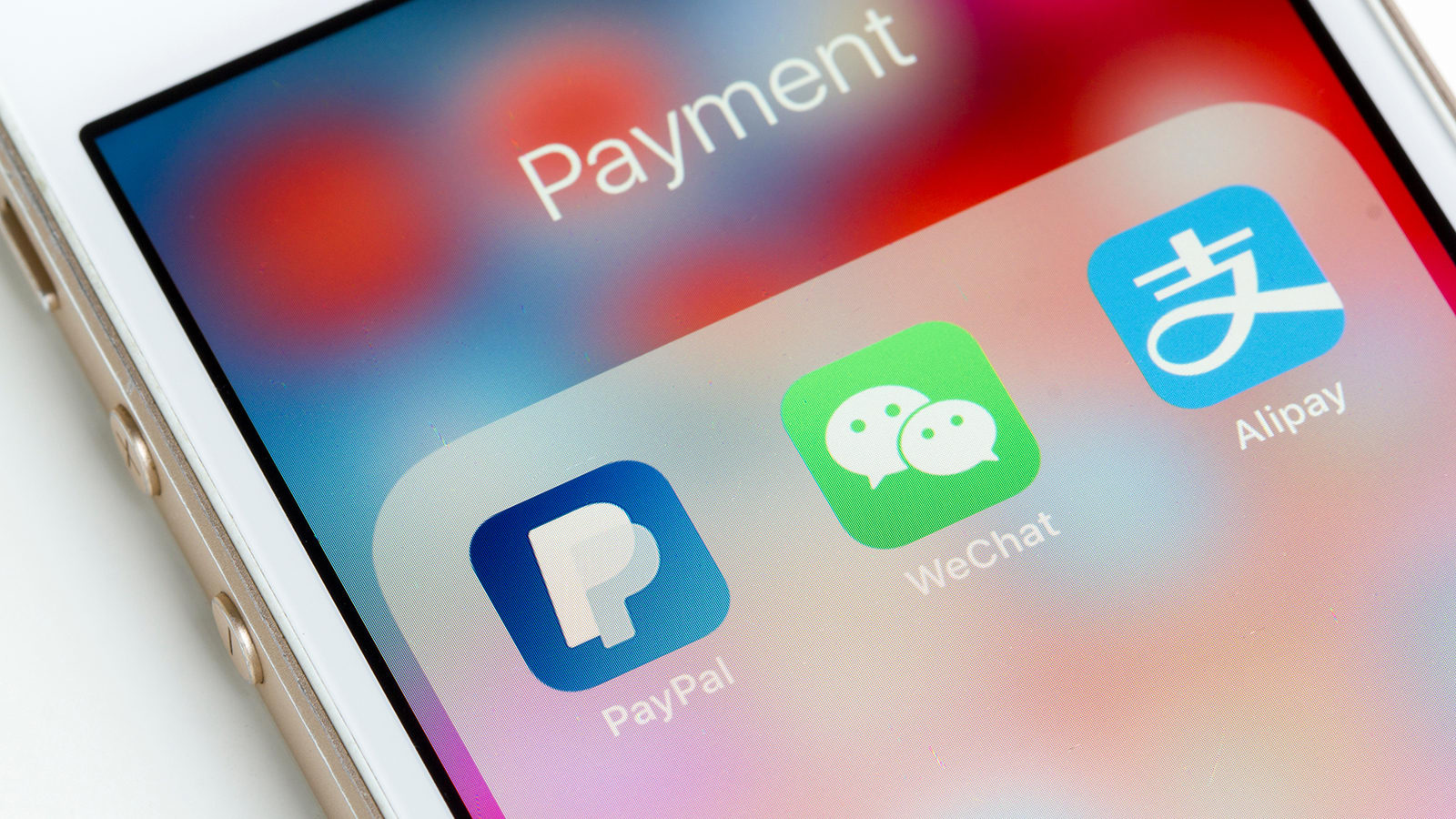
Going global?
Get local
Don't paint everything with the same brush. Get your localisation efforts right.
Just like life itself, running a start-up is all about growth. Without it, a start-up can easily get left trailing in the wake of the competition and quickly lose its market share and relevance.
For some start-ups, growth at a certain stage of their evolution means spreading their wings and going global. Doing so comes with a host of benefits, such as increased revenue courtesy of a new pool of customers, as well as improved brand recognition. Having an additional revenue stream also goes a long way in helping a start-up diversify and mitigate risks related to having just one target market to rely on.
Tapping into these benefits, however, won’t come easy. To mimic one’s success in another market requires more than just copying and pasting tried and tested strategies. More often than not, a new market represents a completely new ball game that comes with a different set of rules.
As such, localisation, which refers to customising your start-up’s operational approach and sometimes even tweaking your product, based on the characteristics of the target market, is utterly crucial.
Taking your start-up global? Here are some key points to note.

DO YOUR HOMEWORK
Research the new market to understand the demands and preferences of local consumers and suss out the competition. Just because your existing product has done well in your home country doesn’t mean it would fare the same elsewhere.
Even in the field of new technologies such as Web3 services that may transcend geographical boundaries, the significance of understanding each local market to best deploy the solution cannot be overstated.
According to Yam Ki Chan, vice president for Circle, “as we deploy innovative solutions that inherently cross borders, they must be rooted in a thorough comprehension of diverse cultural and regulatory landscapes. This deep, local insight empowers us to tailor our technologies to meet specific market needs and preferences, and ultimately to bring the power of new technologies such as blockchain to places where they can have the most significant impact.”
Be sure to also read up on the local legal and regulatory compliance matters regarding your kind of business.


UNDERSTAND THE LOCAL CULTURE
Some countries have a more collective culture while others have more individualistic ones. Understanding the local culture and norms ensures that your marketing efforts and communications do not come across as inappropriate or worse, a faux pas. It’s also helpful to know things like when the important local holidays are – this will help determine the best times to roll out promotions.
HIRE LOCALS
In this day and age where remote working has been made easy with technology, some entrepreneurs might be tempted to save on costs and minimise the hiring of staff from the new market, especially if said market comes with higher talent acquisitions costs. The importance of having locals, however, cannot be understated as they are the ones who have the most accurate insights into the local market and what customers want. Don’t scrimp.

LINGUISTICS
Unless you’re a native speaker of the primary language used in the target market, it’s best to hire qualified translators to ensure that all your marketing collateral and communications are done right. While AI translation software has advanced considerably in recent years, it still isn’t able to identify nuances in language like humans do. Having a solid grasp of the local language would also allow you to communicate with customers more effectively and in a more intimate manner through the use of local colloquialisms and slang.
Even though it may seem obvious that getting the language right is paramount, many companies, even major brands, have fallen prey to bad translations throughout history.
Among the most notorious of mistakes was the KFC tagline “Finger-lickin’ good”, which in China was translated to something rather ghastly – “Eat your fingers off”. And then there was automaker Ford, whose tagline: “Every car has a high-quality body” was translated into “Every car has a high-quality corpse” in Belgium. Yikes.
TAILOR YOUR PRODUCT
The premise is simple - different markets have different demands, and being able to cater to these unique demands will make your brand more appealing to the locals.
Automakers have been known to specially create bigger and more luxurious back seats in the Chinese market because, according to local hospitality norms, esteemed guests or the elderly are rarely seated in front.
Swedish furniture maker IKEA does the same too by tweaking the stiffness of its mattresses based on where they are sold.
Some tweaks must happen because of cultural sensitivities. McDonald’s, for instance, does not sell pork and beef products at its outlets in India. Hindus, which make up the majority of the local population, do not eat beef for religious reasons.
DESIGN
From how the website looks to user experience to the very colours and typography used in marketing campaigns, design plays an important role in connecting a company with local customers.
Take colours, for instance. Red symbolises prosperity and celebration in China but can be interpreted as passion or danger in Western nations. Understanding this will allow you to create an appealing and effective design that effectively draws the attention of your target customers.
Design also extends to user experience. Something as simple as layout can have a big impact on user experience. In Arabic-speaking regions, for example, people read from right to left, and this means your website or mobile app must be designed in a way that best supports this. The characters used in the local language will also affect space and design requirements.
Here’s a fun fact: French, German and American keyboards have slightly different key placements because not everyone shares the same typing preferences.

PRICING AND PAYMENT
Just because your product costs US$100 in your home market doesn’t necessarily mean it should cost the same in another market because the local buying power could be vastly different. It is thus important to take into account local pricing trends and be aware of how much products sold by competitors are selling for, else your offerings risk having a low value proposition.
It is also important to make payment available in the local currency instead of, say, only US dollars. Prices displayed in a foreign currency could be a major turn-off for customers as they would have to perform the conversion themselves.
Another measure you can take to make the payment process seamless and convenient is to allow customers to pay using the most popular local payment platforms.
Expanding your business to China? Chinese users certainly won’t appreciate it if you only allow payment via VISA or Mastercard - most people rely on WeChat Pay and AliPay for their purchases.










